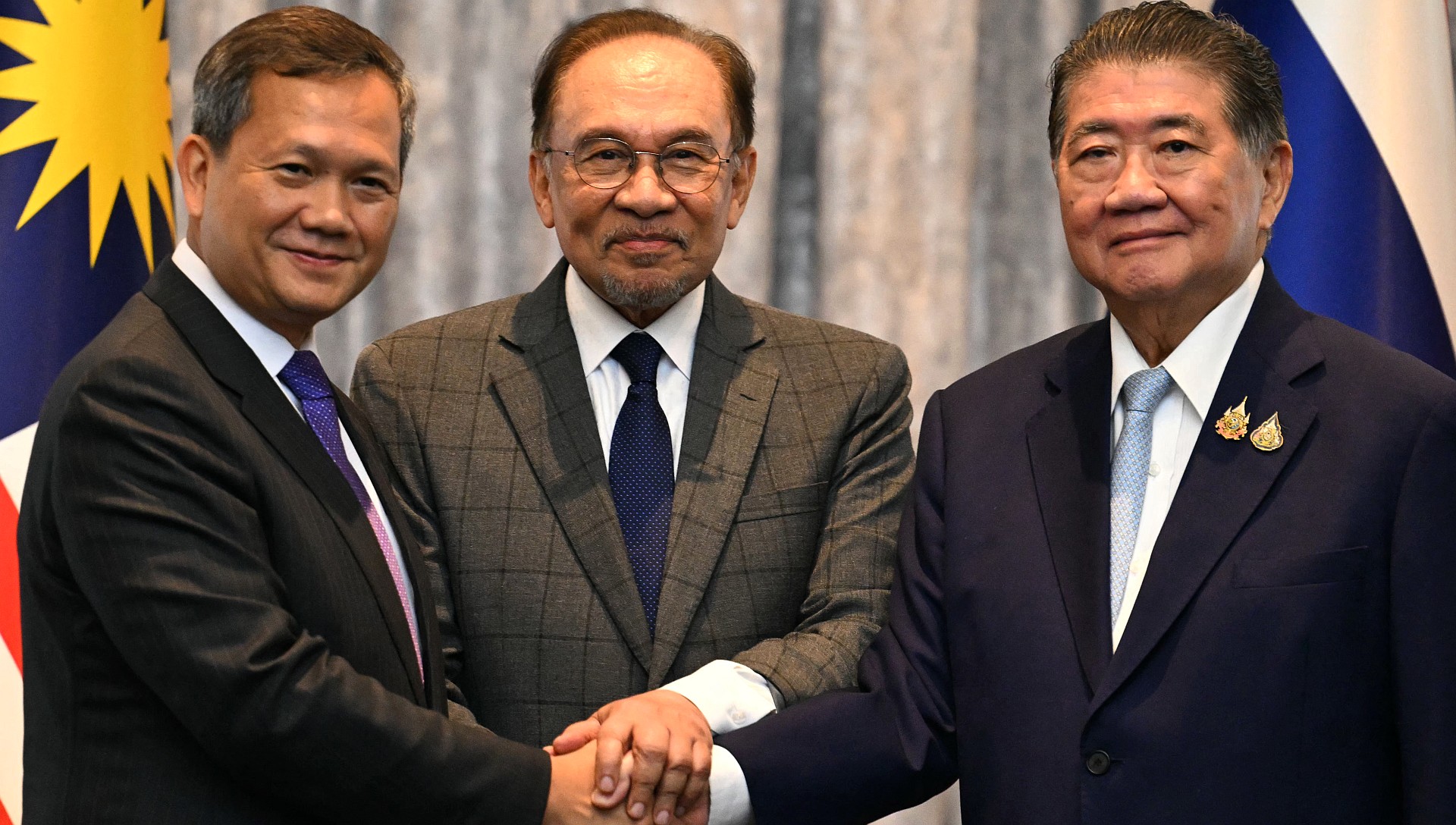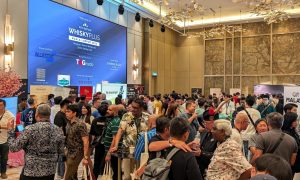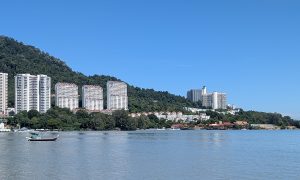After five days of deadly clashes left over 300,000 displaced, Thailand and Cambodia have tentatively agreed on terms to monitor a fragile truce. Malaysian-mediated discussions aim to turn diplomacy into durable peace.
Secretariat-level negotiations between Thailand and Cambodia, held in Kuala Lumpur from August 4 to 6, have produced a consensus in principle on a framework to implement their July 28 ceasefire. The talks focused on finalising the terms of reference for the interim ASEAN Defence Attache Observer Team, which began monitoring duties on August 3. Chief of Defence Force Gen Tan Sri Mohd Nizam Jaffar confirmed that while key parameters have been agreed, several procedural details will be refined during the Extraordinary General Border Committee meeting on August 7.
Forty military representatives from both sides participated in the meeting at Wisma Perwira, the Malaysian Armed Forces headquarters, with Malaysia serving as facilitator rather than formal participant. The interim ASEAN Observer Team includes military attachés from Indonesia, Laos, Myanmar, the Philippines, Singapore, and Vietnam.

FROM CONFLICT TO CEASEFIRE
The conflict erupted on May 28 near the UNESCO-listed Preah Vihear temple, a contested border zone rooted in colonial-era disputes. A Cambodian soldier was killed in the initial exchange, triggering weeks of escalating clashes. By late June, Cambodia had banned Thai films and produce, while Thailand suspended border crossings and travel from Cambodia.
Tensions peaked between July 24 and 28 with artillery exchanges, landmine injuries, airstrikes, and civilian casualties. At least 43 people, including soldiers and civilians, were killed, and more than 300,000 displaced across both nations. This marked the worst violence between the two neighbours in over a decade.
DIPLOMACY AND THE ROLE OF MALAYSIA, ASEAN, AND THE UNITED STATES
Malaysia, as ASEAN chair in 2025, took the lead in arranging the July 28 ceasefire meeting at Putrajaya. Prime Minister Anwar Ibrahim convened leaders from both sides in a neutral forum. Diplomatic pressure from the United States and China, alongside the ASEAN bloc, was instrumental in bringing both sides to the table.
Observers from the United States, China, and ASEAN will attend Thursday’s General Border Committee meeting. The immediate priority is to implement real-time monitoring and verification of the ceasefire while setting the groundwork for longer-term stability.

DOES THIS AGREEMENT FIX THINGS? WHAT’S NEXT?
The consensus reached on the terms of reference marks an important step toward stabilizing the situation. Observers will oversee troop movements, verify compliance, and help reduce the risk of renewed fighting.
However, core disputes remain unresolved. Cambodia continues to push for International Court of Justice involvement in determining final border demarcations, while Thailand insists on bilateral resolution mechanisms. Allegations of ceasefire violations have already emerged, with each side accusing the other of moving troops or reinforcing positions in contested areas.
The return of two wounded Cambodian soldiers by Thailand on August 1 has been welcomed, though 18 others remain in custody. Cambodia insists they be repatriated immediately, while Thailand says they will be released only after a complete cessation of hostilities.
The border conflict has not only destabilized relations between the two countries but has also placed Malaysia’s ASEAN leadership under a spotlight. Kuala Lumpur’s quiet diplomacy in steering the talks without being overly intrusive has been noted by some regional analysts as a potential model for handling other disputes in Southeast Asia.
The emerging agreement on ceasefire monitoring protocols is a milestone in efforts to turn a fragile truce into a sustainable peace. Yet with deep mistrust lingering and no permanent settlement on the core territorial issues, Thursday’s meeting is seen as pivotal. Without a credible and lasting dispute resolution process, the risk of renewed violence will remain.



















